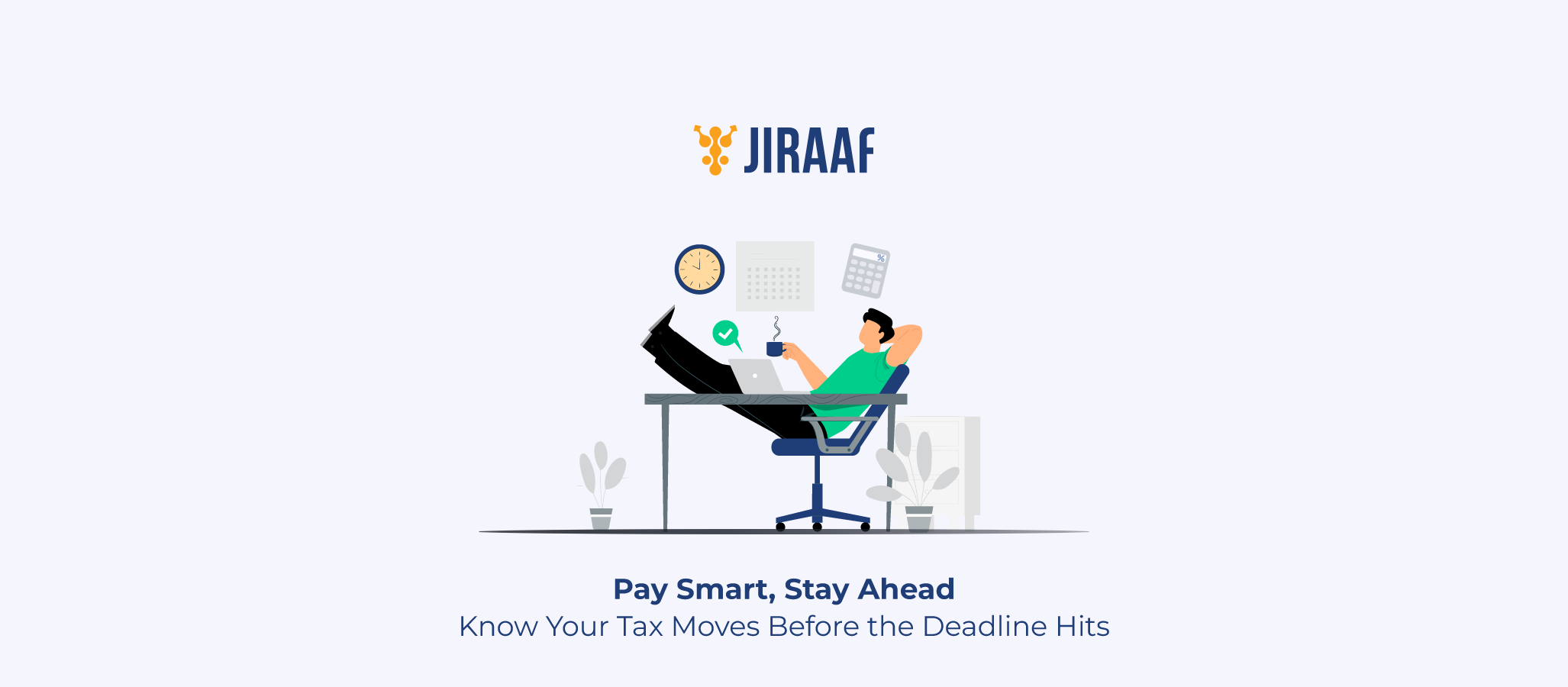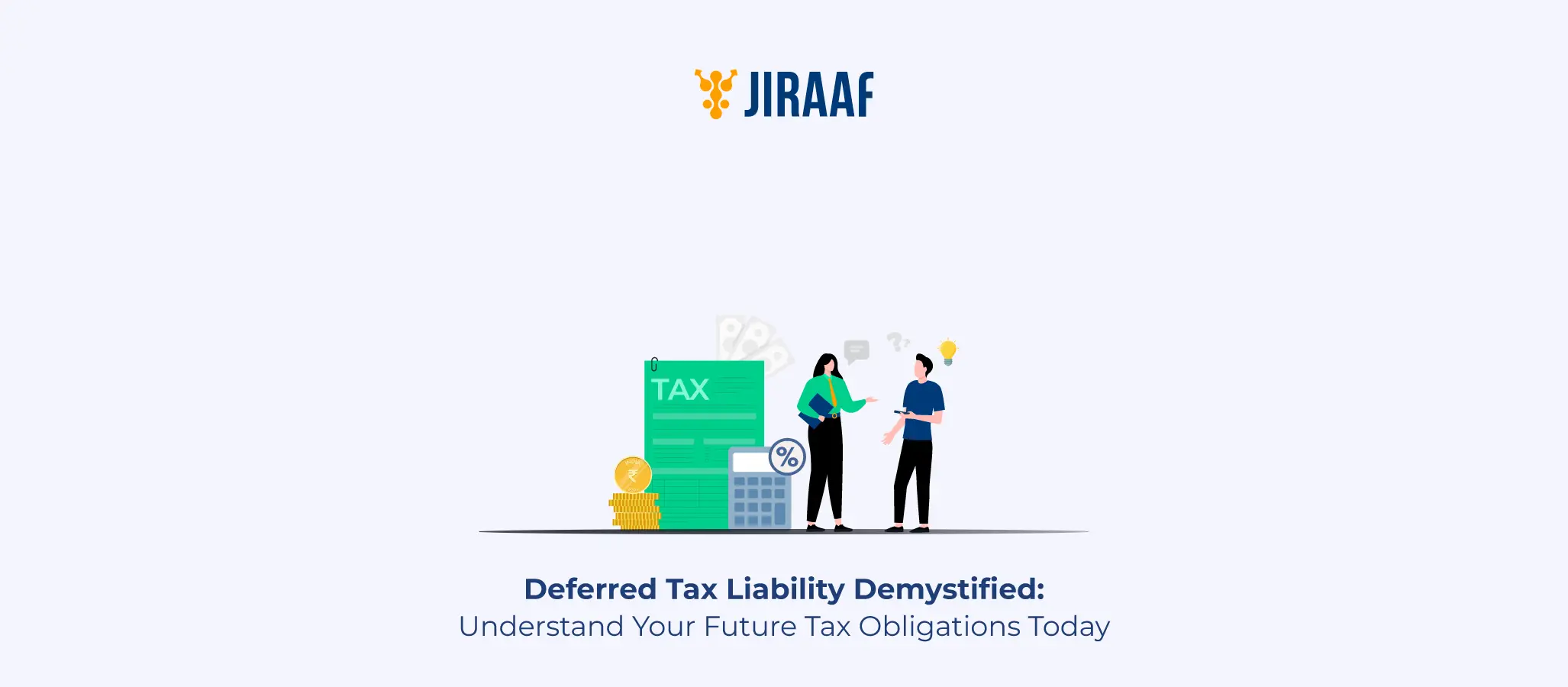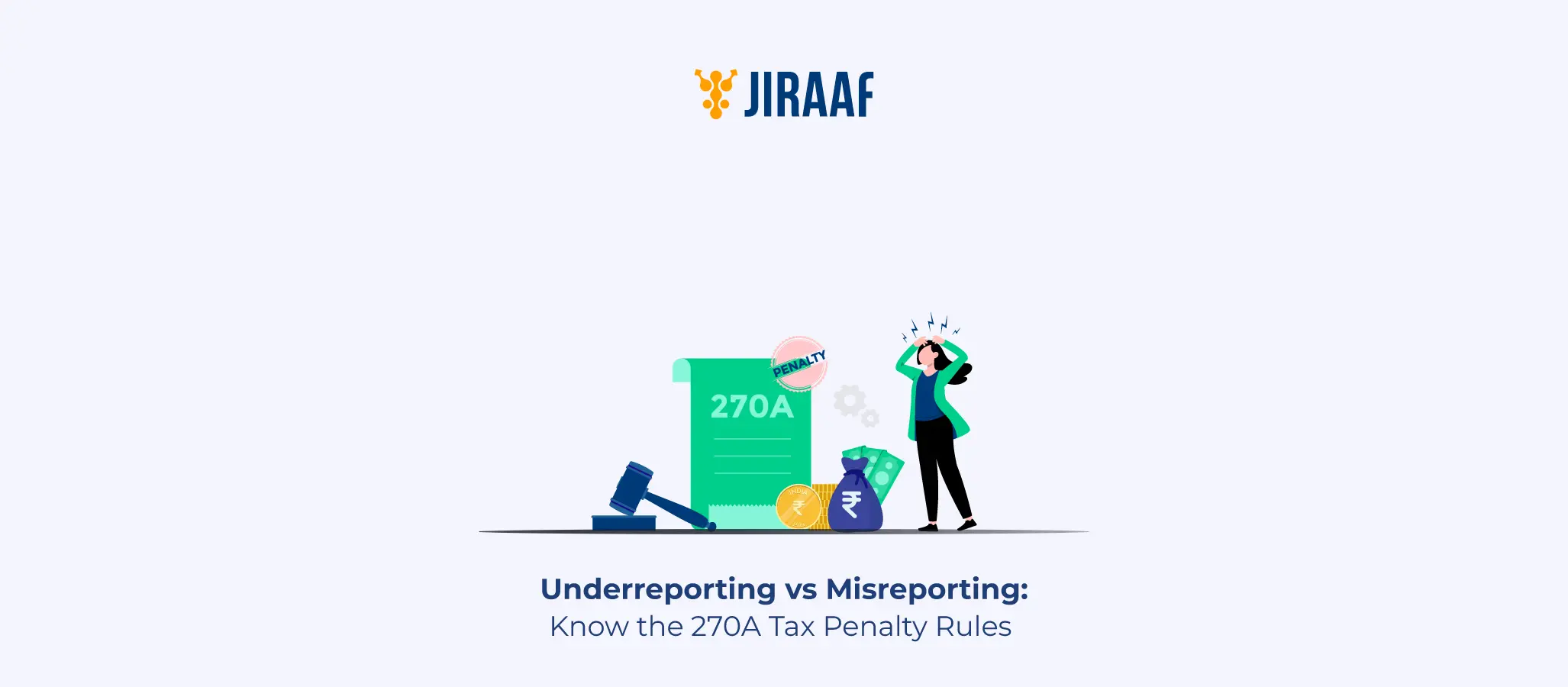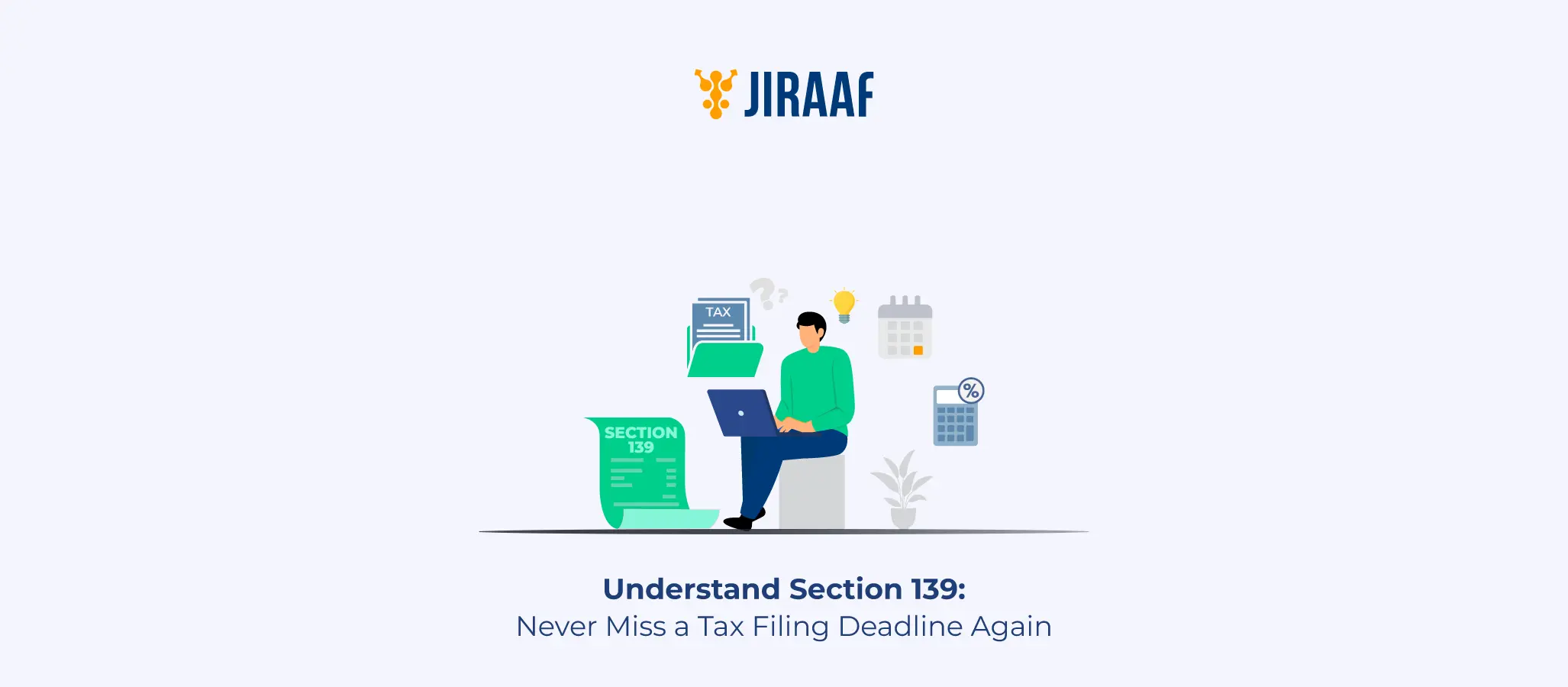Ever looked at your payslip and wondered why your take-home salary is lower than your CTC? One of the usual reasons for this is Tax Deducted at Source (TDS). It’s a smart mechanism the government uses to collect income tax in a phased manner. Rather than waiting for the end of the financial year, TDS ensures that taxes are paid as you earn. It not only helps the government maintain a steady cash flow but also makes your tax payments more manageable.
Whether you’re a salaried professional or someone receiving interest income or rent, TDS affects you. But don’t worry—once you understand how it works, it becomes much easier to navigate. In this blog, you’ll find everything you need to know about TDS on salary, how it’s calculated, the applicable rates, and how to ensure you’re not paying more than you should.
What is TDS in Income Tax?
TDS is a system introduced under the Income Tax Act, 1961, to collect tax at the very point where income is generated. Instead of paying your entire tax liability at the end of the financial year, a portion of it is deducted by the payer (like your employer or a bank) and deposited with the government on your behalf.
This method applies to a variety of income sources, including salary, interest, rent, commissions, and professional fees. This is done primarily to ensure a continuous flow of revenue to the government and reduce tax evasion. The deducted tax is then adjusted against your final tax liability when you file your income tax return.
For salaried individuals, TDS is most commonly seen on monthly payslips. Your employer estimates your annual income, accounts for exemptions and deductions you declare, and deducts the applicable tax in monthly installments. This keeps you compliant and prevents a last-minute scramble to pay a lump sum at the end of the year.
TDS on Salary: Applicability and Deduction Rules
Employers are legally required to deduct TDS every month under Section 192 of the Income Tax Act, 1961. But here’s the good part: it only kicks in if your income is above the basic exemption limit.
For FY 2025–26, the exemption limits are
- Old Regime: ₹2.5 lakh
- New Regime: ₹3 lakh (with standard deduction already factored in)
Your employer estimates your total income for the year, subtracts exemptions and deductions you declare (like HRA and investments under Section 80C), and then applies the applicable tax slab. The resulting tax liability is then divided by 12 to calculate monthly TDS.
How to Calculate TDS on Salary
Let’s break it down with an example. Say you earn ₹12 lakh annually and opt for the old regime.
- Gross salary: ₹12,00,000
- Standard Deduction: ₹50,000
- 80C Deduction (EPF, PPF, LIC): ₹1,50,000
- Taxable Income = ₹10,00,000
Now apply the slabs:
- ₹0-2.5 lakh: Nil
- ₹2.5-5 lakh: 5% = ₹12,500
- ₹5-10 lakh: 20% = ₹1,00,000
Total Tax: ₹1,12,500 + 4% cess = ₹1,17,000
Divide that by 12 months: ₹9,750 TDS per month.
Your employer deducts this monthly and deposits it with the government.
If your taxable income is below ₹12 lakh, then the new tax regime can be your go-to option. Further, if your gross taxable income is just above Rs 12 lakh, then you can use the standard deduction of ₹75,000 and the employer’s contribution to NPS to lower the taxable income to ₹12 lakh or less and pay zero tax.
The new tax regime can help you save tax without going through the hassle of looking for tax-saving investment options.
TDS Slabs on Salary: FY 2025–26 Rates Explained
Here’s a quick look at the tax slabs under both regimes for FY 2025–26.
Old Tax Regime
- Up to ₹2.5 lakh: Nil
- ₹2.5–5 lakh: 5%
- ₹5–10 lakh: 20%
- Above ₹10 lakh: 30%
New Tax Regime:
- Up to ₹4 lakh: Nil
- ₹4–8 lakh: 5%
- ₹8–12 lakh: 10%
- ₹12–16 lakh: 15%
- ₹16–20 lakh: 20%
- ₹20–24 lakh: 25%
- ₹24 lakh and Above: 30%
Under both regimes, a 4% cess applies on the total tax. You can choose your regime at the beginning of the year or during return filing.
Monthly TDS Deduction: Formula and Tips for Employees
TDS = (Estimated annual taxable income × applicable tax rate + cess) ÷ 12
Here are some tips to manage your TDS:
- Submit investment proofs on time (80C, 80D, etc.)
- Choose your tax regime carefully
- Track salary hikes or bonuses that may bump up your slab
- Review your Form 16 for any mismatch
If your income varies during the year (e.g., variable pay), TDS may be adjusted in later months.
When and How is TDS Deposited with the Government?
Your employer must deposit the deducted TDS by the 7th of the following month using Challan ITNS 281. They also need to file quarterly TDS returns (Form 24Q) with the income tax department.
Once submitted, this gets reflected in your Form 26AS and Annual Information Statement (AIS), which you can access through your income tax portal.
How to Check TDS Using Form 26AS or AIS
Here’s how you can check if your TDS has been deposited correctly:
- Log in to incometax.gov.in
- Go to “e-File” → “Income Tax Returns” → “View Form 26AS”
- For AIS: Go to “Services” → “Annual Information Statement”
You’ll see all tax deducted and deposited under your PAN. Match this with your Form 16 to ensure there are no discrepancies.
TDS Refund: How to Claim if Excess is Deducted
If your employer deducts more TDS than needed—say, they didn’t factor in a home loan or 80C investment—you can claim a refund while filing your ITR.
This is a step-by-step guide on how to do so:
- File your income tax return with actual income and deductions
- Mention excess TDS paid
- The department processes it and credits the refund directly to your bank account
Keep in mind, refunds may take a few weeks to a few months, so don’t panic.
Common Mistakes in TDS Filing & How to Avoid Them
- Not declaring deductions on time. Always submit proofs to HR early.
- Choosing the wrong tax regime. Pick the one that saves you more tax.
- Mismatch in PAN information. Ensure your PAN is correctly linked with salary.
- Not checking Form 26AS. Review it quarterly.
- Ignoring variable pay. Account for bonuses and incentives.
Being proactive with your taxes can save you from overpaying or facing penalties later.
Final Thoughts
TDS isn’t just a line item on your payslip—it’s an important part of your tax journey. When you understand how it works, you can plan better, save more, and stay fully compliant without any last-minute surprises.
Make it a habit to review your deductions, choose your tax regime wisely, and cross-check your tax credits online. After all, it’s your hard-earned money.
FAQs
How is monthly TDS on salary calculated?
Monthly TDS on salary is calculated by estimating your total annual taxable income, applying the applicable tax slabs (based on your chosen tax regime), and factoring in deductions and exemptions you declare. The total tax liability is then divided by 12 (or the remaining months of the financial year) to arrive at the monthly TDS deduction your employer will withhold from your salary.
Can I get a refund of TDS?
Yes, you can get a TDS refund if the total tax deducted exceeds your actual tax liability. After filing your Income Tax Return (ITR), the Income Tax Department reviews your payments and refunds the excess amount. Make sure to verify your Form 26AS to check TDS credits and file your return accurately to claim the refund smoothly.
Where can I check my TDS details?
You can check your TDS details in Form 26AS, available on the Income Tax Department’s official website or through your net banking portal. It shows all the tax deducted and deposited against your PAN. Alternatively, you can also view your TDS information in the Annual Information Statement (AIS) on the income tax e-filing portal.
Discover fixed income investments with Jiraaf, a SEBI registered online bonds platform that educates and brings access to a wide array of bonds. Sign up today to explore diversified fixed income investment opportunities to support your goal-based wealth creation journey. Start investing!




